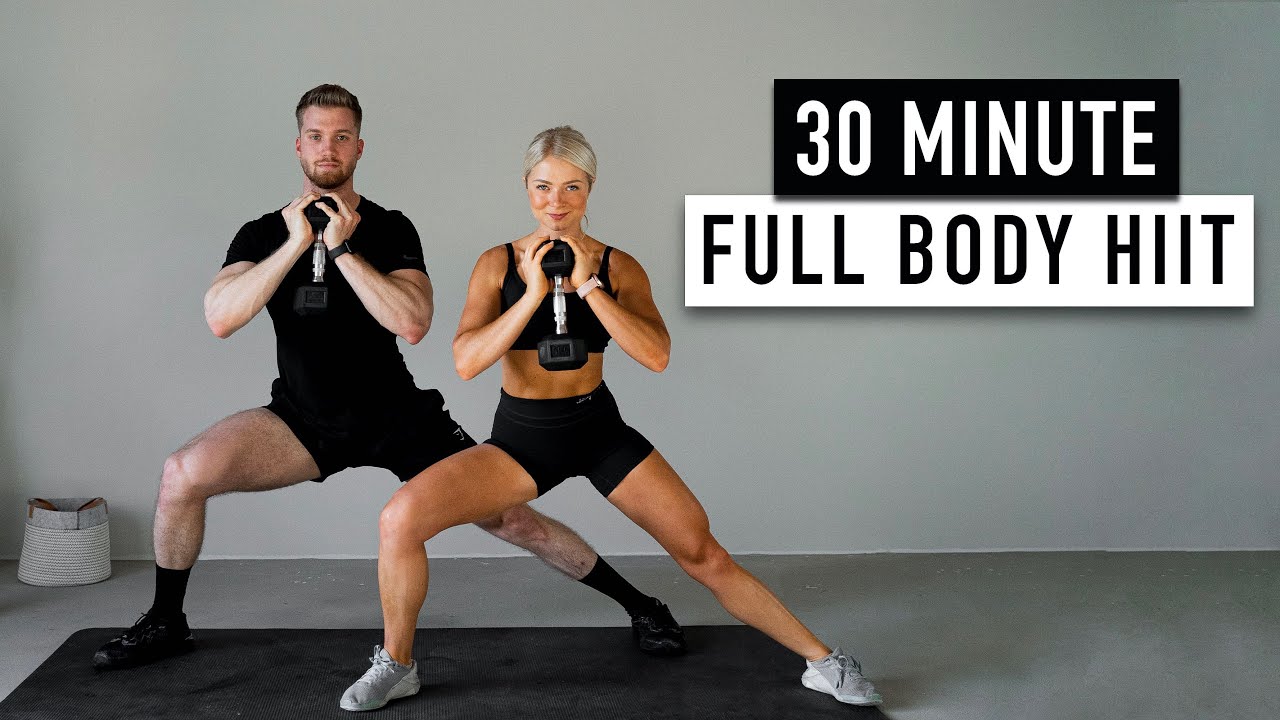
There are many routes to earning your NASM CEU (Continuing Education Unit), or NouFlex certificate. This article will provide information about the courses offered by National Academy of Sports Medicine. You should also know how much it costs to take the Courses. You can visit the NASM site to get started.
Cost
The cost of NASM CEU programs varies depending on what program you choose. The entry-level course to become a personal trainer will cost you $559. Higher-level packages are available if you're interested in gaining more knowledge about nutrition, professionalism, client relations, and other topics. These additional courses may not be beneficial to you.
You must earn at least 2.0 CEUs (continuing educational units) each year to recertify. These credits are available through various activities such as academic coursework or field work. You can also earn CEUs by completing mandatory CPR/AED certification.
FAQ
Can I eat while I exercise?
Yes. Yes. Make sure you choose low-calorie snacks such as watermelon, carrots, celery, apples, bananas, and grapes. These foods provide nutrients that improve your performance during exercise.
How many hours sleep should I get each night?
The recommended sleep amount varies based on age, gender, individual needs, and other factors. Adults require 7 to 9 hours sleep per night. Children and teenagers need 10 to 12 hours of sleep per night. As they age, however, this number falls.
Which is more important: Exercise, diet, or sleep?
What you are looking to accomplish will determine the answer. The most important thing to do if you are looking to lose weight is diet. If you are looking to build muscle mass, however, exercise is the best option. The last factor is sleep, which only impacts how well you perform during your day.
Statistics
- In 2018, the World Health Assembly agreed on a global target to reduce physical inactivity by 15% by 2030 and align with the Sustainable Development Goals. (who.int)
- Globally, 28% of adults aged 18 and over were not active enough in 2016 (men 23% and women 32%). (who.int)
- Physical activity confers the following maternal and fetal health benefits: a decreased risk of pre-eclampsia, gestational hypertension, gestational diabetes (for example, 30% reduction in risk) (who.int)
- One study showed that adults who watch more than 4 hours of television daily had an 80% higher risk of death from cardiovascular disease. (heart.org)
External Links
How To
How to Lose Belly Fats More Fast
When trying to lose weight, belly fat is often viewed as a problem. However, Belly Fat can be beneficial if you really think about it. Your organs will be protected by the amount of belly fat. Let's now see how to quickly lose belly fat.
Stress and inactivity are two of the major factors that cause us to store body fat. Cortisol hormone is stimulated by stress, which causes us to feel constantly hungry. Cortisol levels are increased by insulin. The insulin then stores extra calories as fat. A lack of sleep leads to adrenaline being released into the system which causes an increased appetite. Exercise helps to break down these extra calories.
There are many ways you can reduce belly fat. You can choose to try any of these options, depending on your budget. Here are some quick tips to get rid of belly weight.
-
Reduce the amount of food you eat. Don't eat three large meals at once. This will help you consume less calories.
-
Make sure you drink plenty of water. Water flushes out toxins in your body and helps you stay hydrated. Drinking water prior to every meal will ensure that you are satisfied for longer periods of time and won't eat too much.
-
Avoid unhealthy snacks. If you're looking for quick fixes, snack foods like chips, cookies, candies, etc. These tempting snacks might look appealing. These fattening treats are best avoided as they have too many empty calories and sugar. Instead, choose healthy alternatives like fruits, veggies, nuts, seeds, and whole grains.
-
At least three times per semaine, do strength training. Strength training builds muscle mass that burns more calories, even when it is done while you rest. Strengthening your bones, muscles as well ligaments, joints, tendons, heart and lungs.
-
Stretching and walking are good habits. Stretching is a great way to increase flexibility and mobility. This helps reduce back pain. Walking is a great way of burning calories, especially when you do it for just 30 minutes.
-
Reduce alcohol intake. You should cut down on alcohol consumption. It adds no nutritional value to your diet.
-
Slowly lose weight. First, determine your current weight. Next, calculate your ideal weight by adding between 5% and 10% to your total body weight. Once you have determined your ideal weight, you can start to reduce your calorie intake by 500-1000 calories per day until you reach it.
-
Avoid processed food. These foods have high amounts of salt, sugar, and preservatives. Although they are convenient, processed foods don't have enough nutrients to sustain your health.
-
Don't skip breakfast! Breakfast improves concentration, memory, energy, and stamina. You should have protein (such as eggs) and fiber (such as oats) for breakfast.
-
Have regular bowel movements. Gas and bloating can result from irregular bowel movements. To prevent this, drink plenty of water and increase fiber intake.